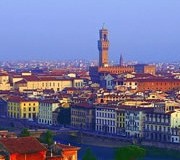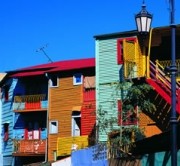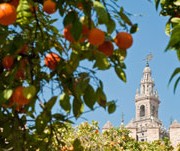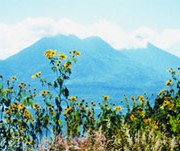10 little-known facts about Costa Rica
Here are ten little-known facts about this small but fascinating Central American country:
1. Costa Rica is bordered by Panama to the south and Nicaragua to the north. The Pacific Ocean lies to the west and the south and the Caribbean Sea to the east.
2. Costa Rica has subtropical as well as tropical climates. The dry season in Costa Rica runs from December to April, while the rainy season is usually from May to November. December is the wettest month on the Caribbean coast.
3. The highest mountain in Costa Rica is Cerro Chirripo, a volcanic mountain that stands 3,810 metres tall.
4. Costa Rica is a democratic republic. The country has enjoyed around sixty years of uninterrupted democracy, which is much longer than many other countries in Latin America.
5. Costa Ricans refer to themselves as Ticos (males) or Ticas (females).
6. The Guanacaste is Costa Rica’s national tree and the clay-colored thrush is the national bird. The national flower is the guaria morada, a type of orchid.
7. Unlike many of their Central American neighbours, present-day Costa Ricans are largely of European descent. However, an estimated 10% -15% of the population is Nicaraguan, of fairly recent arrival. Few of the native Indians survived European conquests and the indigenous population today is estimated to make up less than 1% of the total population.
8. Costa Rica is divided into seven provinces – San Jose, Alajuela, Heredia, Cartago, Guanacaste, Puntarenas and Limon.
9. Costa Rica hosts more than 5% of the world’s biodiversity even though it constitutes than 0.5% of the planet’s total surface. There are more than 850 species of birds, 220 species of reptiles and 9,000 types of plants in the country.
10. More than 25% of Costa Rica’s land is dedicated to national parks, reserves and wildlife refuges. There are more than 100 different protected areas to visit.
Cactus currently offers Spanish courses in Colonial Heredia & Playa Samara, Jaco Beach, Manuel Antonio and San Jose.












Leave a Reply
Want to join the discussion?Feel free to contribute!